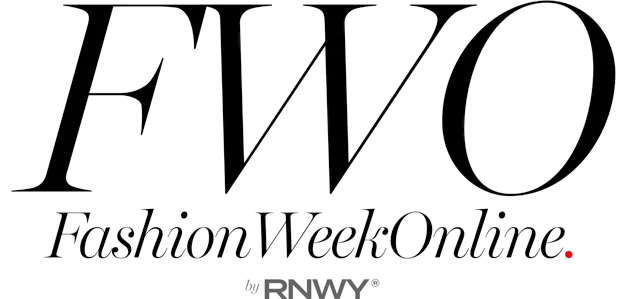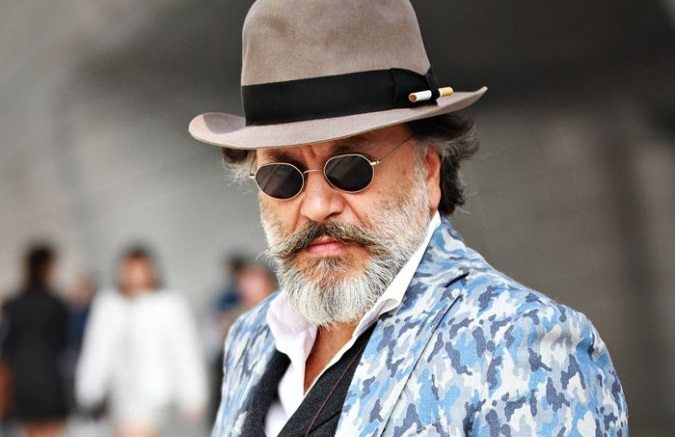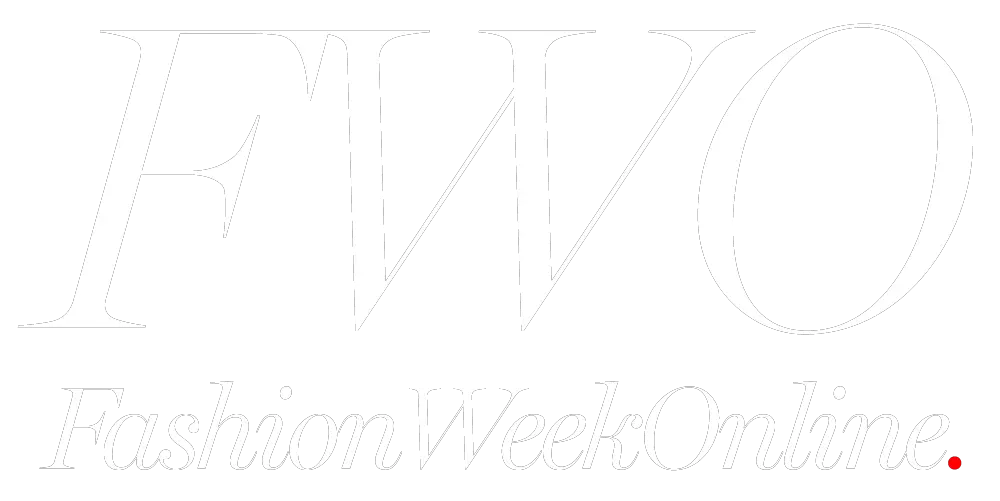Meet Menswear Icon Gianni Fontana
by Milan Editor Laura De Rochas
 Let’s face it: New York (well, to be fair, the entire world) could probably take a little menswear style advice from Italy.
Let’s face it: New York (well, to be fair, the entire world) could probably take a little menswear style advice from Italy.
While New York Fashion Week: Men’s is finally making its debut this summer, Italy’s passion for menswear has a long and storied history, including a Milan Mens’ Fashion Week (Milano Uomo), as well as the menswear event Pitti Uomo.
Italy’s passion for menswear has a long and storied history.
[portfolio_slideshow id=7862 align=center width=675 click=advance thumbnailsize=40 showcaptions=true]
Gianni Fontana, aka The Style Buff, is a marketing and communications professional, passionate about clothing, menswear, and style. He’s also the principal of the Milan Style Academy, an Italian fashion school with more than 25 years in the business. He’s behind the family’s brand Fontana 1961, producing handmade ties and scarves, and Belloveso Milano for luxury leather goods.
Almost incidentally, he’s one of the best-known and most photographed style icons in Italy.
Q: Tell us about the genesis of The Style Buff?
When I decided to start my first blog, several years ago, my intention was to represent menswear style and lifestyle from the Italian point of view. A kind of observer that selects and spreads. That’s why I’ve chosen the name The Style Buff. The word “buff” was originally applied to enthusiastic fire-watchers, because of the buff uniforms formerly worn by New York volunteer firemen. Now, of course, it’s used to define a person who is enthusiastically interested in — and very knowledgeable about — a particular subject.
The word “buff” come from the original uniforms of New York volunteer firemen.
Q: What does a typical day look like in the life of “The Style Buff?”
Milan offers a frenzied life. The city is at the crossroads of business, style and art. (As is Italy itself, actually.) Being Italian, I think we have that kind of “crossroads” attitude for aesthetics. Or perhaps it’s inherited from our long history.
In any case, the day flows according to the classic formula: work, leisure and rest. Traveling frequently is when this rule is broken.
Q: You’re well-known for the amazing hats you wear. Is there a specific designer you prefer? Is there another accessory you won’t leave home without?
Yes. It’s true. Actually, “Borsalino” is more than a brand name: it’s a type of wide-brimmed hat. I like SuperDuper hats, too. Accessories, in general, are half the outfit. After hat: shoes, ties, jewelry, pocket squares, etc.
Accessories, in general, are half the outfit. Hat, shoes, ties, jewelry, pocket squares.
Q:What are the most important factors for men when getting dressed?
If my answer seems vague here, but it’s because I do not like rules. Every man should be comfortable in his appearance, looking clean and not too noisy, in conformity with his circumstance. Less is better than more, if you are not confident. In Italian “sprezzatura” is our word for that sense of imperfect nonchalance: when you do not just select items, but you melt your personality into the stuff you wear or carry.
In Italian “sprezzatura” is our word for that sense of imperfect nonchalance.
Q:Name 3 – 5 items EVERY man should own.
A blue blazer, a tie, white pants, a good pair of shoes, a suit and a hat. Not enough, but just the base. I think we can dress well with just a few good pieces. Investing in quality is always a good choice. I own very old items, or buy pre-owned, and I’m proud of it. Everyone should select a vintage item for every outfit.
Everyone should select a vintage item for every outfit.
Q: Each region in Italy has its own sense of style. What sets Milan apart?
Milan is probably more international. In Italy there are well-known cities such as Rome, Florence, and Venice, but these are more visited more for tourism. Milan is the engine of the fashion business. It’s very multicultural, and for fashion, art and design, Milan has the right mix.
Q: Pitti Uomo and Moda Uomo begin mid-June. What sets them apart? And why are they important to the fashion industry?
I’m in love with Pitti. Pitti is an outstanding event that fits nicely into the classic series of international fashion weeks. Traditionally coming between London, Milano and Paris, it plays to a different beat, almost a variation on the theme of fashion that runway shows have accustomed us to.
La Piazzetta: this is the nickname for the courtyard outside the show’s central pavilion. Piazzetta means a small square: somewhere to meet up, for talking or playing. It’s also a favorite place for photographers where, in fact, the best photos are taken, that leave Florence and travel around the world in blogs and magazines.
People meet up in the Piazzetta, talk, compare, exchange ideas, and create new projects. It’s a mood that’s difficult to find in other circumstances linked to the world of fashion. A mood that personifies that feeling that modern social networks have reduced to an exclusively virtual experience. A mood that is worth feeling at least once.
It’s a mood that’s difficult to find in other parts of the world of fashion
Obviously both Pitti and Milano Uomo are important events for Italians, not only for the menswear market. They’re just separated by a thin border that gently divides the classic from the contemporary.
Q:What makes a “style icon” or “best-dressed” man?
Clothes are what we put on, but elegance is who we are, what we have inside. There’s no way to be elegant or well-dressed if you’re not a gentleman. It’s not a matter of money or brands.
There’s no way to be elegant or well-dressed if you’re not a gentleman. It’s not a matter of money
Being a “style icon” denotes a breakthrough: when you are the hub, and others look to you for reference. But you can’t decide to become it, you have to be it.
Q:Who are your top-5 “style icons,” past and present, and why?

Style icons: Marcello Mastroianni and Gianni Agnelli.
Q:Best / top-3 bespoke tailors in Milan?
Definitely A. Caraceni and Rubinacci. They have a long tradition that goes back generations. We also have to consider non-Milanese tailors coming to town for their clients, and some of them have their own ateliers in Milan, such as Sciamat, Dalcuore or SartoriaRipense.
Q:Do you have your eye on any up-and-coming menswear designers in Milan?
All throughout MFW there are so many young and talented designers. The Camera della Moda (Italian Fashion Organization) — and big brands as Giorgio Armani and Vogue — give big support to the emergent ones. One young designer I like is Christian Pellizzari.
Q: How would you describe the difference between American and Italian men’s fashion?
It’s difficult to explain in few words. Italian fashion has a very long and strong tradition. Italian designers set the rules for more than a century. Today the world is more connected; the market has to be considered as a whole entity. There are fewer boundaries than in the past. People travel more, and the Internet sets every culture closer.
American designers are appreciated in many countries. I will say that maybe the style between Americans and Italians is still different. But even this difference is getting thinner, year after year.
Italian designers set the rules for more than a century. Today American designers are appreciated in many countries.
Q: What trends do you foresee in the next year?
We’re still living an understatement period. The economy, globally, is not strong, and fashion is affected by this, too. So “back-to-basics, without excess.”
Q: What’s next for Gianni Fontana?
I’m working on several projects right now. For me it’s really important to face new challenges. My work is divided between consulting, teaching and design. There is no time to be bored!
There is no time to be bored!
FWO



